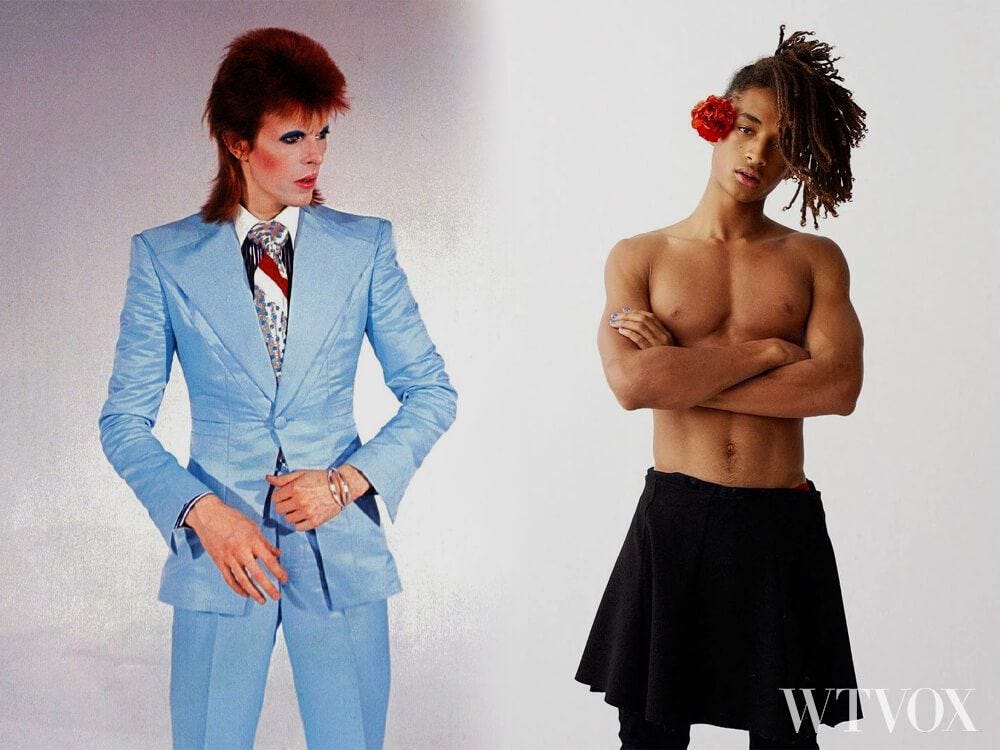While looking for best vegan leather alternatives, this material called kelp leather kept coming up.
According to experts, for a vegan leather alternative to be considered best, it must be:
- from sustainable bio-sources.
- produced via carbon-neutral techniques.
- as durable, attractive, and versatile as any animal-based leather.
I’ve decided to conduct thorough research on kelp leather and here are the results:
First, What Is Kelp Leather?
Kelp leather is a flexible, versatile, and durable leather-like fabric made from ‘kelp’.
Kelp is a brown seaweed species, with a long, tough stalk and broad frond.
This seaweed is the fastest-growing organism in the world, able to reach a daily height of 36 inches.
It outgrows even bamboo – the world’s fastest-growing plant – which only reaches 24 inches a day.
Different types of kelp seaweed, displayed at Critical Tide exhibition by Julia Lohmann, Professor of Practice in Contemporary Design at Aalto University.
As one of the most renewable organisms on the planet, Kelp absorbs CO2, slowing down global warming and ocean acidification.
Kelp seaweed also absorb farm run-off, which is responsible for blooms of toxic algae and ecosystem collapse.
Nowadays there are many vegan materials used instead of animal leather.
However, unlike synthetic and polyurethane-based vegan leather alternatives that are bad for the environment, kelp leather is plant-based, decomposable, and thus, environmentally friendly.

Leather-like fabric made from kelp, displayed at Critical Tide exhibition by Julia Lohmann, Professor of Practice in Contemporary Design at Aalto University.
But, unlike bamboo, kelp is harvested from coastal waters, so that it doesn’t require fertilisers, pesticides, or other toxic chemicals usually required for land plants.
Kelp simply grows clean, just as nature intended.
Moreover, kelp is known to absorb large CO2 quantities from the atmosphere, up to 5x more CO2 than any other land plants.
Other sustainable alternatives similar to kelp leather are made from kombucha tea, pineapple foliage, mushrooms, coolstone, tree bark, and even lab cultures of animal cells.
SeaCell Kelp Leather
SeaCell is a branded type of kelp leather developed by the American plant leather supplier, Nanonic Inc.
To make SeaCell, the company mixes kelp seaweed with cellulose from other algae fibres (Tencel).
The resulting material looks like leather but it is much softer and more flexible.
From �?Seaweed Girl’ project by Jasmine Linington, displaying sequins made from SeaCell kelp leather.
The production process starts by embedding dried and crushed seaweed into cellulose fibres, by using nanotechnology.
According to the company, the resulting material is 100 per cent biodegradable and carbon-neutral.
Moreover, the material seems to have extra health benefits.
That is thanks to the vitamin E and other nutrients found in Kelp, that are absorbed by the wearer’s skin.
AlgiKnit Kelp Leather
AlgiKnit Inc. is a biomaterials company from New York, known for integrating science and design into textile production.
The company reach media popularity when in 2o18 it produced durable seaweed yarns for a compostable Nike sneaker.

Prototype running sneaker made from Algiknit yarns.
Nowadays, the company creates durable and degradable yarns and other environmentally friendly materials from kelp.
Conclusion
Derived from abundantly available, sustainable sources of raw material, this seaweed leather beats animal leather in terms of sustainability.
Except for lab-grown leather, kelp leather is produced via non-toxic processes, and it is fully biodegradable when composted.
At the same time, kelp leather provides the durability consumers expect from leather products such as apparel, shoes, accessories, and even automobile upholstery.
Additionally, kelp leather is far more versatile than traditional leather, as the shape and size of the usable material are not constrained by the animal’s shape and size, nor by the quirks and flaws found in each skin.
Finally, kelp leather is cost-competitive, eco-friendly, sustainable, and above all, humane.
As the manufacturing of kelp leather scales up even further, the costs will continue to drop, and the classic animal hide leather may one day become a thing of the past.
Weekly Newsletter. Sign Up Now!
Celebrities, designers, and latest news in sustainable fashion.
WTVOX – ‘Voicing the Future of Fashion’
For lightning-quick updates delivered to your inbox subscribe to our newsletter.
For daily content in fashion, innovation, beauty, and lifestyle follow us on social media: Instagram, LinkedIn, Facebook, Twitter.
To interact with thousands like you, join your tribe on the Future of Fashion Group.






